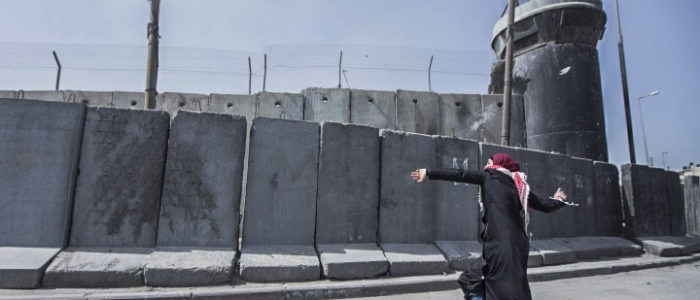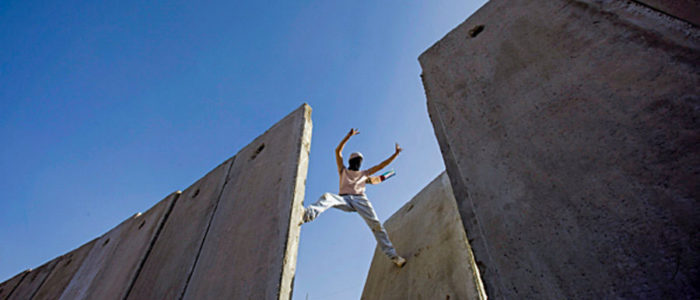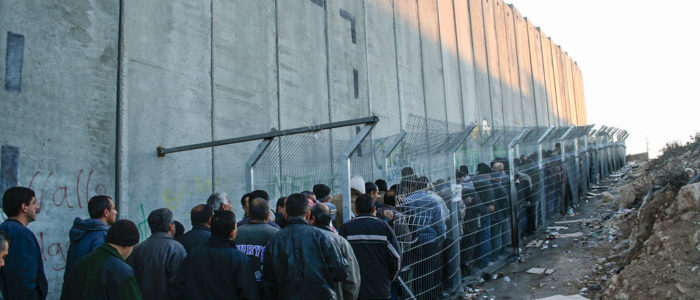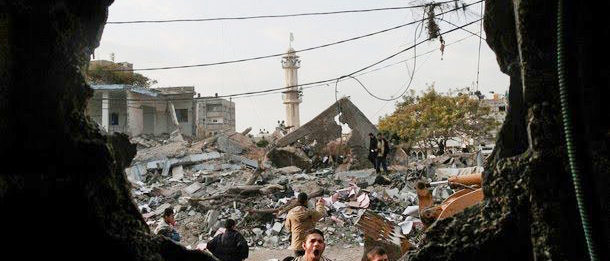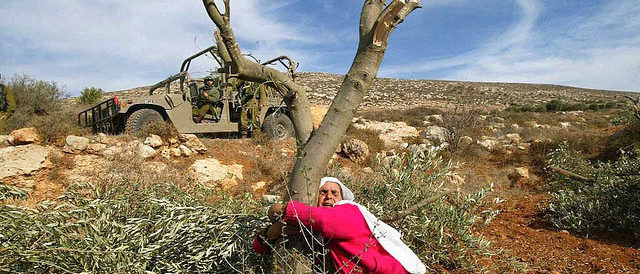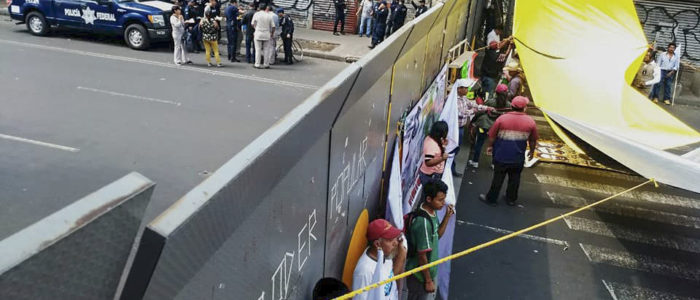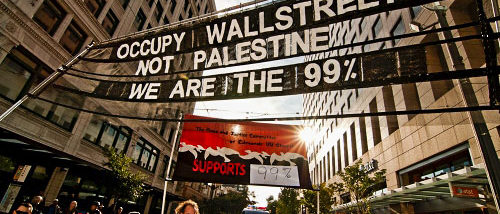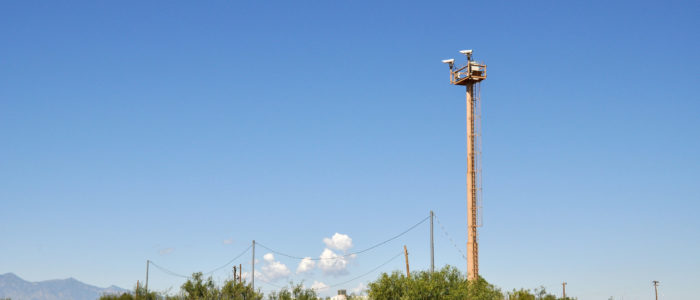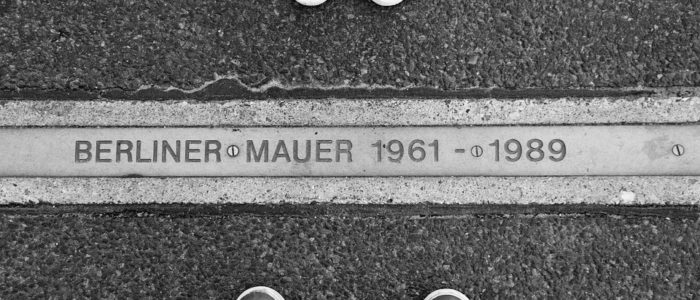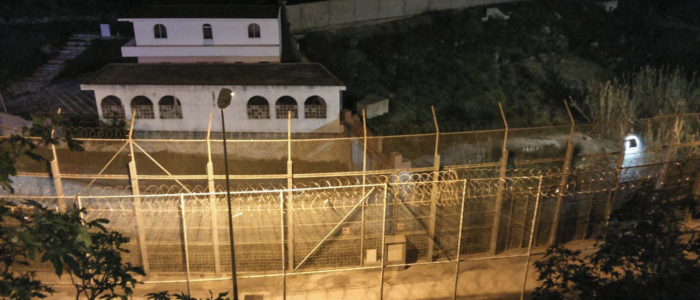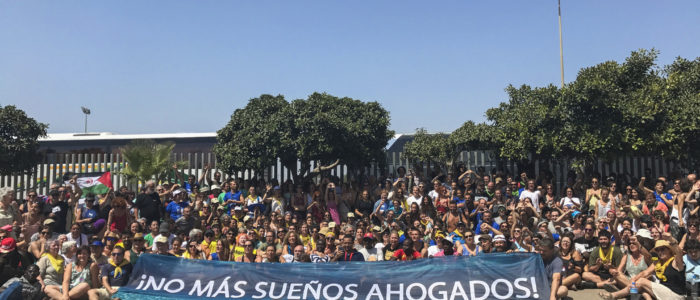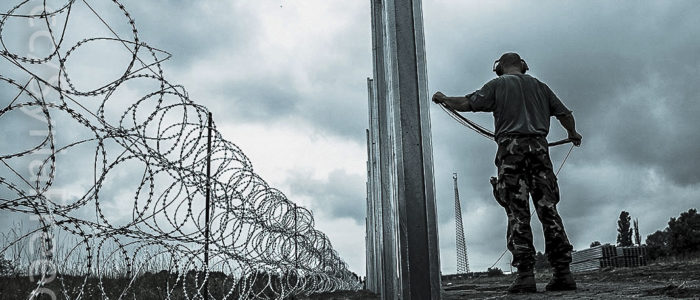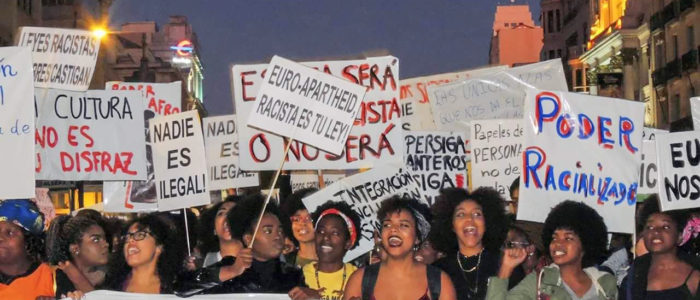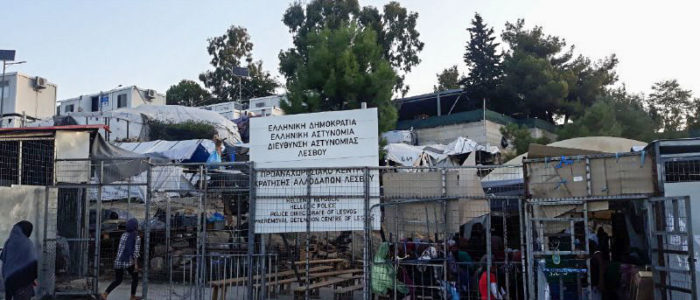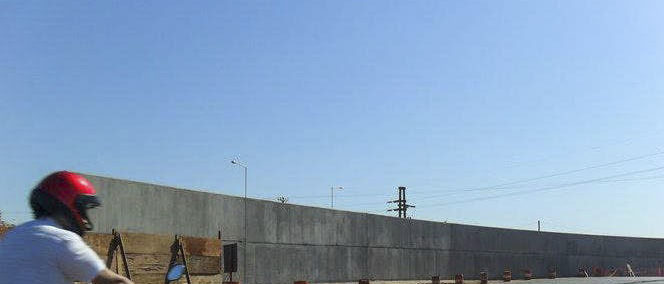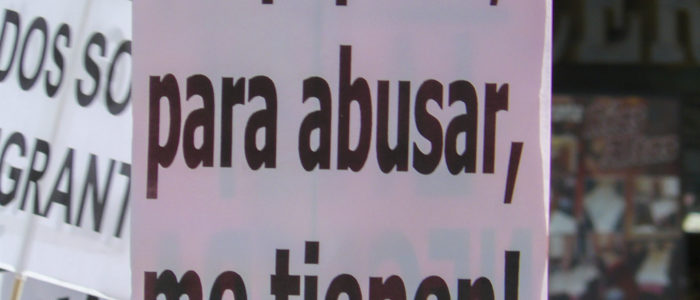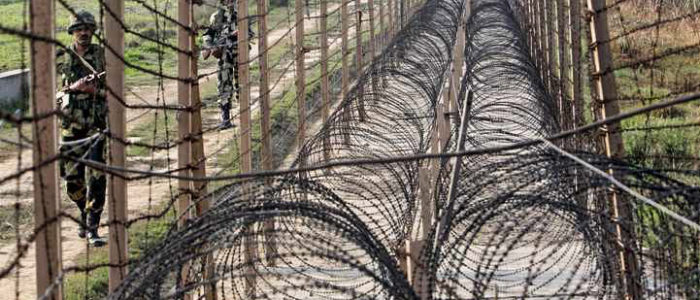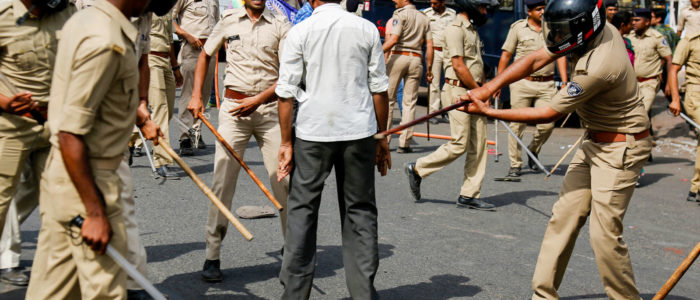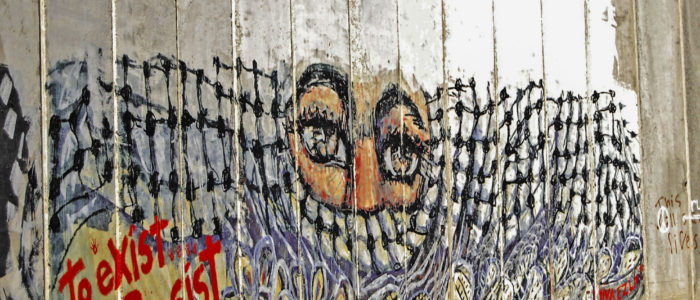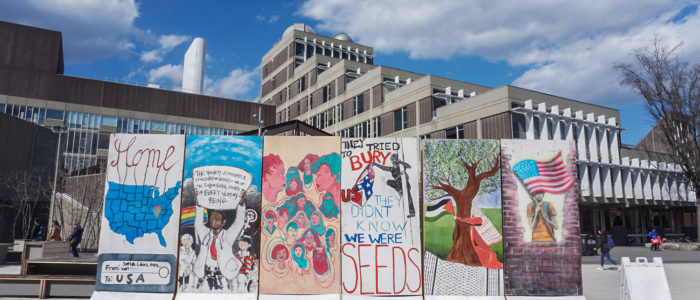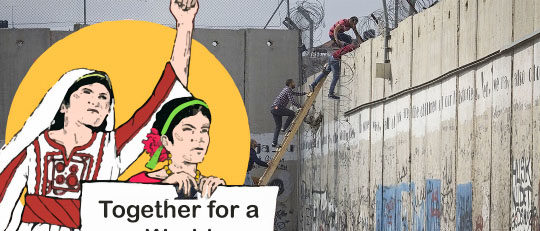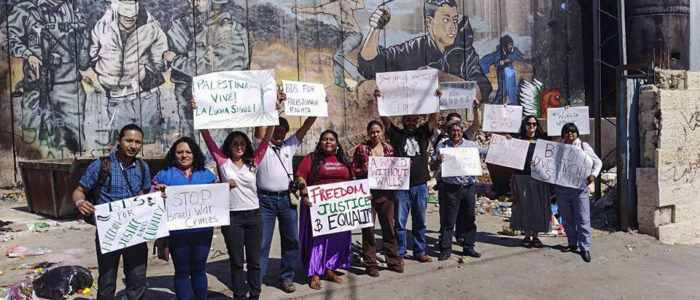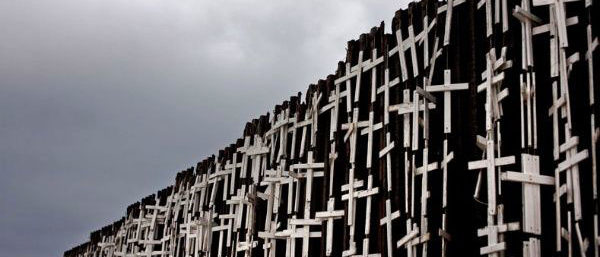Stop the Wall Campaign
Editorial words
Photo taken during the visit in 2017 of the first delegation for a World without Walls, composed of Mexican and US activists.
A World without Walls
This year November 9 marks thirty years since the fall of the Berlin Wall and the Western proclamations of the superiority of its free market model and the end of all walls. Three decades later, some 70 walls have been erected around the world. Europe has already built over one thousand kilometers of walls – six times the length of the Berlin Wall. US president Donald Trump started the year with the country’s longest government shutdown in a fight whether Congress would finance his “big, fat, beautiful”1 wall or support Democratic party leader’s Nancy Pelosi’s version of a “technological wall”.2
Aside from stimulating some reflections about hypocrisy, it raises the uncomfortable question: How did we get to a point where the Walls seem to be the sign of our times?
Until 2002 — when a whole army of bulldozers, accompanied by heavily armed Israeli military units started a mass scale destruction of Palestinian land in order to build Israel’s apartheid wall — such infrastructures were still taboo.
For an entire year, Israel would not even admit that it was actually building an over 700km long wall, the first map of which was put together by Stop the Wall, thanks to diligent field work and the help of the Palestine Land Defense Information System (PALDIS). It turned out to be almost identical to the map Israel was finally forced to release. At first the world did not want to believe Palestinians and their supporters who denounced Israel’s construction of the wall. We had to bring powerpoints and pictures for people to believe. Then, the outrage started. The question of the “legal consequences of Israel’s construction of a Wall in the occupied Palestinian territory” made it to the International Court of Justice.3 The Court duly clarified that Israel had to dismantle the Wall and its associated regime and pay reparations. It further underlined that the international community was obligated not to recognize, aid, or assist the construction of the Wall and its associated regime and, moreover, that it had the duty to take effective measures to end Israel’s violation of international law. The UN General Assembly almost unanimously endorsed the decision and then put it in the same drawer in which hundreds of other unheeded UN resolutions affirming Palestinian rights are piling up.
Only three years later, the US under President George W. Bush passed its Secure Fence Act4 in order to build over 1350 km of wall and contracted5 Israel’s foremost wall building military company Elbit Systems to provide the hi-tech solutions. The world, instead of stopping Israel’s apartheid wall on our land, was adopting the concept for its purposes.
At this stage it had become evident to us at Stop the Wall that walls weren’t merely a Palestinian problem, but it would still take over a decade (and yet another right wing US president) to stop the creeping normalization of walls. The discussion around walls had until then been largely confined to academic research.
Stephen Graham6, in his work on new urban militarism, argued in 2009 that Israel’s wall in Palestine and the US wall in Baghdad had effectively entered the urban geography of cities around the globe. One year later, Wendy Brown defined today’s walls as a reaction and result of “waning sovereignty”7 and the havoc waged over large populations by neoliberal globalization. In 2012 Stéphane Rosiére and Reece Jones8 came to similar conclusions when they argue that we are in an era of “teichopolitics”—the politics of walls—where walls symbolise the emergence of a privileged few who actually live the promise of globalisation and defend their privileges. A year later, Mohammad A. Chaichian9 argued that walls throughout history are a signal of the fading power of an empire.
While such analysis was important, it didn’t have the necessary impact beyond the academic ivory tower. Largely away from public attention, by 2017 some 70 walls had been erected around the world. Only a few of them were built like Israel’s wall — on occupied territory annexing a people’s lands, contrary to international law. Most are militarizing recognized borders and the land along them. All share the effect that they destroy people’s lives and livelihoods.
It was only when Donald Trump promised a “big, fat, beautiful wall” during his electoral campaign that public opinion awakened and triggered action among the movements.
Only months after Donald Trump came to power, Mexican and Palestinian movements launched the call for a World without Walls10, which was quickly endorsed by hundreds of movements, global networks, groups, and organizations from all continents.
As we stated in the call,
“From Israel’s apartheid Wall on Palestinian land to the US Wall of Shame on indigenous land at the border with Mexico – Walls are monuments of expulsion, exclusion, oppression, discrimination and exploitation. […] Walls have not only risen to fortify borders of state control but demarcate the boundaries between the rich, the powerful, the socially acceptable and the ‘other.’”
The over 400 movements that have signed the call committed to raise awareness about the devastating effect of the increasing dominance of walls in our world and our lives; create solidarity and links among the people affected by the walls and movements fighting the walls; demand an immediate end to the walls that expel, exclude, oppress, discriminate and exploit and, finally; resist and defund those that profit from the walls.
This task is huge but, as often occurs, what brought people together may be less the initiative itself than the awareness of the rapidly worsening cruelty of the system that makes the globalization of our struggles a vital urgency.
Observing from Palestine the growing number of walls and the corresponding rise of ultra right-wing, racist, supremacist and militarist narrative and policies, it seems as if the world is undergoing a process of ‘Israelization’.
Palestinians have long since challenged Israel’s systematic use of “security reasons” as an excuse for all sorts of illegal policies and its aggressive practices of apartheid, occupation and annexation – including its walls in the West Bank and around Gaza. Just as the walls, this discourse is gaining ground globally and undermines the entire human rights framework.
As the global economic, civilizational and environmental crisis continues and the foundational myths of neoliberal capitalism – the meritocratic nature of the system, which produces continuous economic growth that ‘trickles down’ for the benefit of all – lose their credibility, the ruling élite adopt what Charles Derber and Yale R. Magrass call the “Security story” in order to prevent a change of power relations. The Security story instills fear in our societies by inventing false threats and worsening real threats and justifies the authority of the ruling élite as the only force that can guarantee, not anymore well-being, but at least security and survival. Derber and Magrass call it the “new version of a ‘protection racket’”.11
During the period in which liberal values generally accompanied the economic paradigm of neoliberalism in the Western World, in Israel nationalist and supremacist paradigms have continued to further develop as its apartheid regime against the Palestinian people has deepened. Israel offers a nineteenth-century colonial nationalism and a model apartheid regime for the 21st century: a perfect mix of oppressive power structures. Conveniently, Israel has combined that ideology and practice with neoliberal economic policies.
Today, the Security story is a fundamental element of the supremacist and right-wing nationalist powers that are gaining ground across the globe. Unsurprisingly, these leaders and political forces are as well ardent admirers of Israeli practices and walls. From the supremacist right in the United States to India, where the Hindu-fascist party currently in power has begun a brutal war against the non-Hindu population, to the neo-fascist right of Europe to Brazil, where Jair Bolsonaro has developed his own brand of racist and misogynist ideology, the rising ultra-right is explicit about its alliance with Israel.
In the logic of this exclusivist right, in which rights are for a “we” defined along racial, religious, ethnic, or other terms of exclusion, the “other” becomes an “intruder” in a national structure based on purity and superiority. These others not only lose their rights and their recognition as human beings, but their very existence is criminalized. Walls across landscape and societies are necessary elements of this mindset.
Israel encounters in this global dynamic a source of legitimization and a growing market for all sorts of cutting-edge paradigms, methodology and technology that it has developed to repress the Palestinian people and now profits from the spread the Security story and the exclusivist and racist visions connected to it.
For Stop the Wall it is therefore a political priority to foment a collective call against this rising right and a joint struggle for a World without Walls.
There is hope.
The people mobilized out in the streets across the globe while we write these words give hope for all of us, not only in Palestine. From Chile sounds across the globe that “The people united will never be defeated”. This strengthens our conviction that sooner rather than later we will tear down the walls of injustice.
Instead of ceding to the temptation to become completely absorbed in the ever more dramatic and brutal crises and attacks, World without Walls is the moment in which we lift our heads, see beyond the walls, and perceive the struggles of the others and the connections between our struggles in order to gain strength and confidence together. This gaze beyond the walls is the moment where we can see in the horizon a world of justice, freedom, and equality that gives us hope and direction.
Such initiative not only places Palestine on the agenda of the global movements as a symbolic global justice struggle, a struggle for all of us. It also ends claims for exceptionalism which can only serve Israel’s interest, as the prospect that poses the biggest challenge to Israeli apartheid is to be held to account in front of the basic standards of international law and human rights conventions.
In promoting this global vision of unity contained in the initiative for a World without Walls, as Stop the Wall we want to move beyond the role of victims and be protagonists in a global struggle for justice.
The World without Walls reader
The idea of this reader has been developed in order to respond to the suggestions by the people and movements, with whom we have been coming together in order to organize actions and events since 2017. There was a general feeling that it was time to better organize our ideas.
Knowing that this task would not be easy, we decided to start by creating a tool to collect and share the experiences and reflections that have developed during the process. We want to bring together the analysis of the structures and interconnections within this World of Walls and the experiences of struggles from across the continents so that we can strengthen collective efforts and refine local and global strategies that help us build a World without Walls.
The contributions in this reader are for us a deeply inspiring collection of visions, practices, information, and experiences of the movements and activists that are struggling against the walls of our times. We deeply thank all those that have taken time to contribute to the reader and have made this effort possible.
This reader is not an exhaustive anthology but a start to bring together ever more reflections and actions that break down the walls between our movements and build a common ground for a World without Walls and, hopefully, serves a tool to organize our ideas and link our struggles.
1 Michael Finnegan, “‘It’s going to be a big, fat, beautiful wall!’: Trump’s words make his California climb an even steeper trek”, Los Angeles Times, 2 June 2016.
3 Advisory Opinion on the Legal Consequences of the Construction of a Wall in the Occupied Palestinian Territorypinión, A/ES-10/273, 9 July 2004. Available here.
4 “The High Cost and Diminishing Returns of a Border Wall“, American Immigration Council, 6 September 2019.
5 Brittany Dawson, “U.S.-Mexico Border: An Israeli Tech Laboratory“, Palestine Square, 6 December 2018.
6 Stephen Graham, “Cities Under Siege: The New Military Urbanism”, (New York: Verso Books, 2009).
7 Wendy Brown, “Walled States, Waning Sovereignty“, (New York: Zone Books, 2010).
8 Stéphane Rosière & Reece Jones (2012), “Teichopolitics: Re-considering Globalisation Through the Role of Walls and Fences”, Geopolitics, 17:1, 217-234.
9 Muhammad A. Chaichian, “Empires and Walls – Globalization, Migration, and Colonial Domination”, Series: Studies in Critical Social Sciences, Volume: 62 (Leiden:Bill, 2013).
10 The call for “November 9 – Global Day of InterAction for a World without Walls”, 20 June 2017.
11 Charles Derber and Yale R. Magrass, “Who deserves safety and who doesn’t? How capitalism teaches us a ’security story’ “, Salon, 10 March 2019.


